7 Great Stocks to Own for the Long Term
Plus a fund that owns all of them — and more.

The bull market is more than four years old. I've stayed invested, but I've been nervous all the way. I bet a lot of investors feel equally unsettled. After all, stocks are much more expensive than they were a few years ago.
What to do? The logical course is to buy the sturdiest stocks you can find. This article offers seven especially hardy companies — plus a low-cost fund that invests in all of them, as well as a bunch of others.
What makes these stocks compelling? All have strong competitive advantages over their rivals — and all pay dividends but not excessive dividends. Buying stocks with unusually high yields can be a recipe for disaster. Such companies often don't retain sufficient earnings to continue growing — or they pay high dividends because they have few growth opportunities and can't think of anything better to do with their cash. Instead, stick to dividend-growth stocks. (Some academic studies show that stocks with steadily growing dividends have garnered the best returns in the stock market.)
From just $107.88 $24.99 for Kiplinger Personal Finance
Become a smarter, better informed investor. Subscribe from just $107.88 $24.99, plus get up to 4 Special Issues

Sign up for Kiplinger’s Free Newsletters
Profit and prosper with the best of expert advice on investing, taxes, retirement, personal finance and more - straight to your e-mail.
Profit and prosper with the best of expert advice - straight to your e-mail.
The Nasdaq Dividend Achievers index, until recently known as the Mergent Dividend Achievers index, is my favorite list of such stocks. To make the list, a company must have raised its dividend in each of the past ten years. In addition, a company must pass other proprietary screens designed to ensure its financial health.
One big caveat: Many of these stocks have been bid up. Investors, fleeing the microscopic yields on bonds, have flocked to defensive dividend payers. The cheapest stocks today are those that are sensitive to the economic cycle — and because their fortunes tend to ebb and flow, they can't usually boast unblemished records of dividend increases. Although you shouldn't ignore these cyclicals, you'll do better over the long term with shares of growing companies that regularly boost their dividends. They will earn you good money — and let you sleep better at night. Take your time accumulating the dividend growers, though, and look for good price points to buy.
Johnson & Johnson (symbol JNJ, price $85.12, yield 3.1%), the world's largest health care company, makes and sells pharmaceuticals, medical devices and diagnostics, as well as consumer products. The stock trades at 14 times analysts' estimated earnings for the coming 12 months. Few of J&J's patents are expiring soon, and the company has launched several new drugs that have the potential to become blockbusters. J&J just hiked its quarterly dividend by 8.2%, to 66 cents per share. The stock is, incidentally, a member of the Dow Jones industrial average. (Share prices and related data are as of April 26; the yield is based on a recently announced increase in the dividend rate.)
Occidental Petroleum (OXY, $86.66, 3.0%) finds most of its oil and gas in Texas and California, largely through cost-effective techniques of drilling in proven oilfields. The company, which also operates abroad, has a strong balance sheet that lets it take advantage of distressed properties. Unlike many major oil and gas companies, Oxy Pete isn't burdened by a low-profit refining and marketing business (that is, gasoline stations). The stock changes hands at 12 times estimated earnings for the next 12 months. Oxy says it will probably buy back shares in the near future.
PepsiCo (PEP, $82.51, 2.6%) will likely never catch up with number one Coca-Cola (KO) in the soft drink business, but it is the dominant player globally in salty snacks. Brands include Lay's, Ruffles, Doritos, Cheetos and Tostitos, not to mention Quaker Oatmeal, Rice-a-Roni, Gatorade and Tropicana. The stock trades at a somewhat pricey 17 times estimated year-ahead earnings.
Note: Nelson Peltz's Trian Fund Management has invested $1.4 billion in the stock of both PepsiCo and Mondelez (MDLZ), a leading snack-food maker (Cadbury, Oreo and Ritz, among others). Peltz hasn't indicated his intentions, but he may want the two snack food operations to be combined. I don't think Pepsi shareholders will be hurt.
[page break]
Founded in 1837, Procter & Gamble (PG, $77.10, 3.1%) boasts 25 brands that generate sales of at least $1 billion each, including Charmin, Gillette, Crest, Ivory, Tampax and Tide. The stock, which trades at 17 times estimated earnings for the coming 12 months, is not cheap — but it's rarely cheap. Analysts estimate that earnings will grow 7.8% annually over the next few years. P&G does face pressures: During the recession, some consumers switched to lower-cost private-label brands, and Procter was forced to lower prices. But it's cutting costs, partly by reducing the number of its employees. Like J&J, P&G is in the Dow industrials.
The future of medical innovation is in biotechnology, and Switzerland's Roche Holding (RHHBY, $61.87, 3.3%) is the biggest biotech firm in the world — thanks to the acquisitions of oncology leader Genentech and diagnostics company Ventana. Blockbuster biotech drugs include cancer-fighting agents Avastin, Herceptin and Rituxan. Roche's American depositary receipts trade at 4 times projected year-ahead earnings. They trade only on the pink sheets in the U.S., where bid-ask spreads are often wide. So be sure to use limit orders and be patient.
Big-box retailer Target (TGT, 70.52, 2.0%) ranks behind only Wal-Mart Stores (WMT) among discounters in size. But Target positions itself as selling higher-quality merchandise than its rival. The company has followed Wal-Mart into the low-profit grocery business in the hopes of boosting sales of other merchandise. The stock trades at 12 times predicted earnings for the next 12 months, and analysts project that earnings will rise 12.1% annually in the coming three to five years.
ExxonMobil (XOM, $88.00, 2.9%) is the world's biggest non-government-owned oil and gas company. Exxon's executives have long managed the company with an eye toward producing high profits for shareholders. In the past five years, Exxon has bought back $100 billion in stock and paid more than $40 billion in dividends. The stock, another Dow member, trades at 10 times estimated earnings (its yield is based on a recently announced increase in the dividend rate).
Prefer to buy a fund? I do. The above-named stocks are the seven biggest holdings in Vanguard Dividend Growth (VDIGX), in my view the best dividend-growth fund around. Manager Donald Kilbride picks his holdings from the Nasdaq Dividend Achievers list. Annual expenses are a mere 0.29%, and turnover averages just 11% annually, implying that the fund holds stocks for 11 years, on average. The fund, a member of the Kiplinger 25, returned an annualized 10.2% over the past ten years through April 26 — compared with 8.0% annualized for Standard & Poor's 500-stock index. And, as you might expect, the fund had fewer ups and downs during that time (it was about 20% less volatile than the S&P index).
Profit and prosper with the best of Kiplinger's advice on investing, taxes, retirement, personal finance and much more. Delivered daily. Enter your email in the box and click Sign Me Up.

-
 Countries That Will Pay You to Move: Cash Grants, Incentives and What to Know
Countries That Will Pay You to Move: Cash Grants, Incentives and What to KnowExplore real relocation incentives — from cash grants and tax breaks to startup funding — that make moving abroad or to smaller towns more affordable and rewarding.
-
 Mortgage Protection Insurance: What It Covers and When It Makes Sense
Mortgage Protection Insurance: What It Covers and When It Makes SenseHow mortgage protection insurance works, what it costs, and when it’s actually useful in a financial plan.
-
 How to Use Your Health Savings Account in Retirement
How to Use Your Health Savings Account in RetirementStrategic saving and investing of HSA funds during your working years can unlock the full potential of these accounts to cover healthcare costs and more in retirement.
-
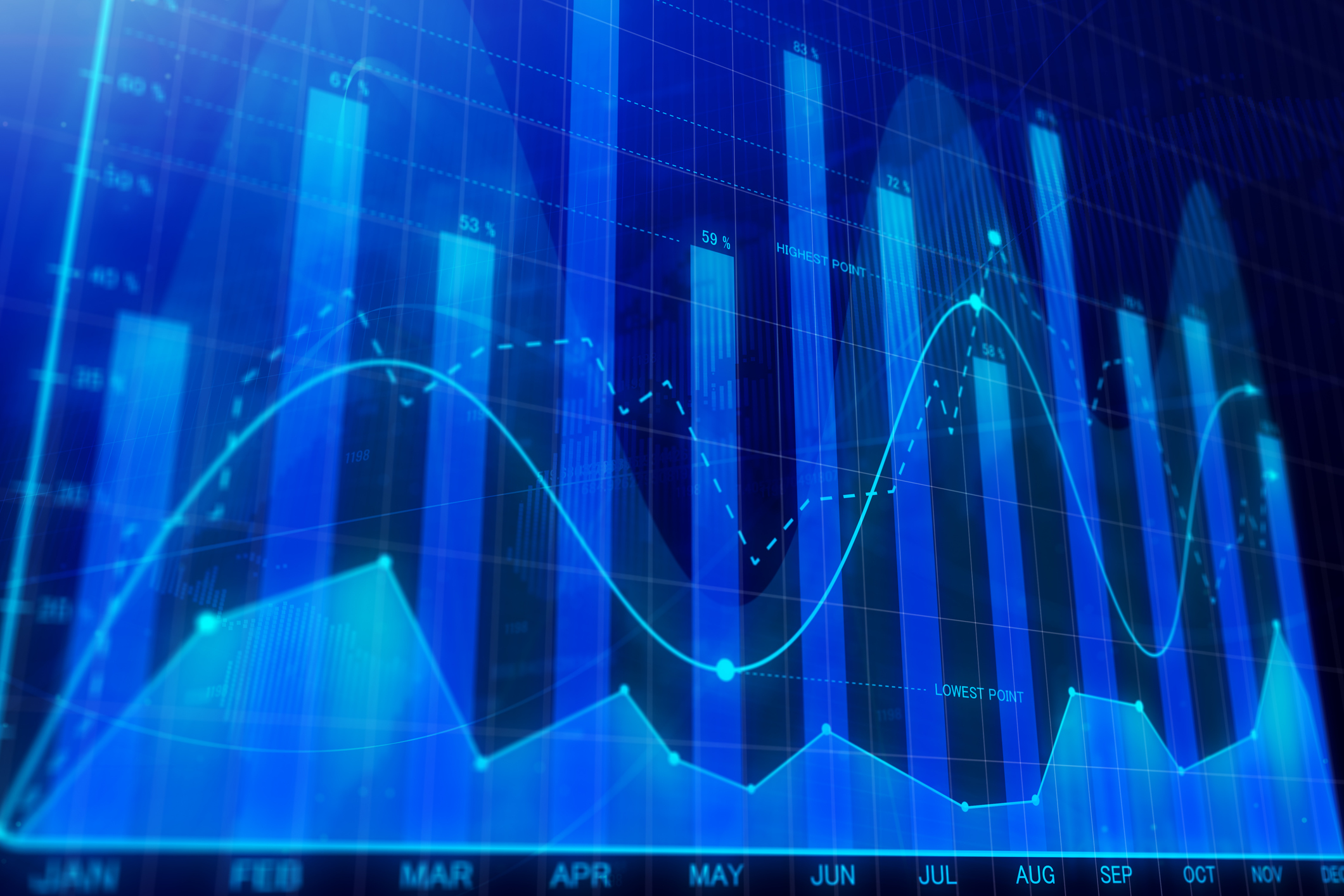 Dow Rises 497 Points on December Rate Cut: Stock Market Today
Dow Rises 497 Points on December Rate Cut: Stock Market TodayThe basic questions for market participants and policymakers remain the same after a widely expected Fed rate cut.
-
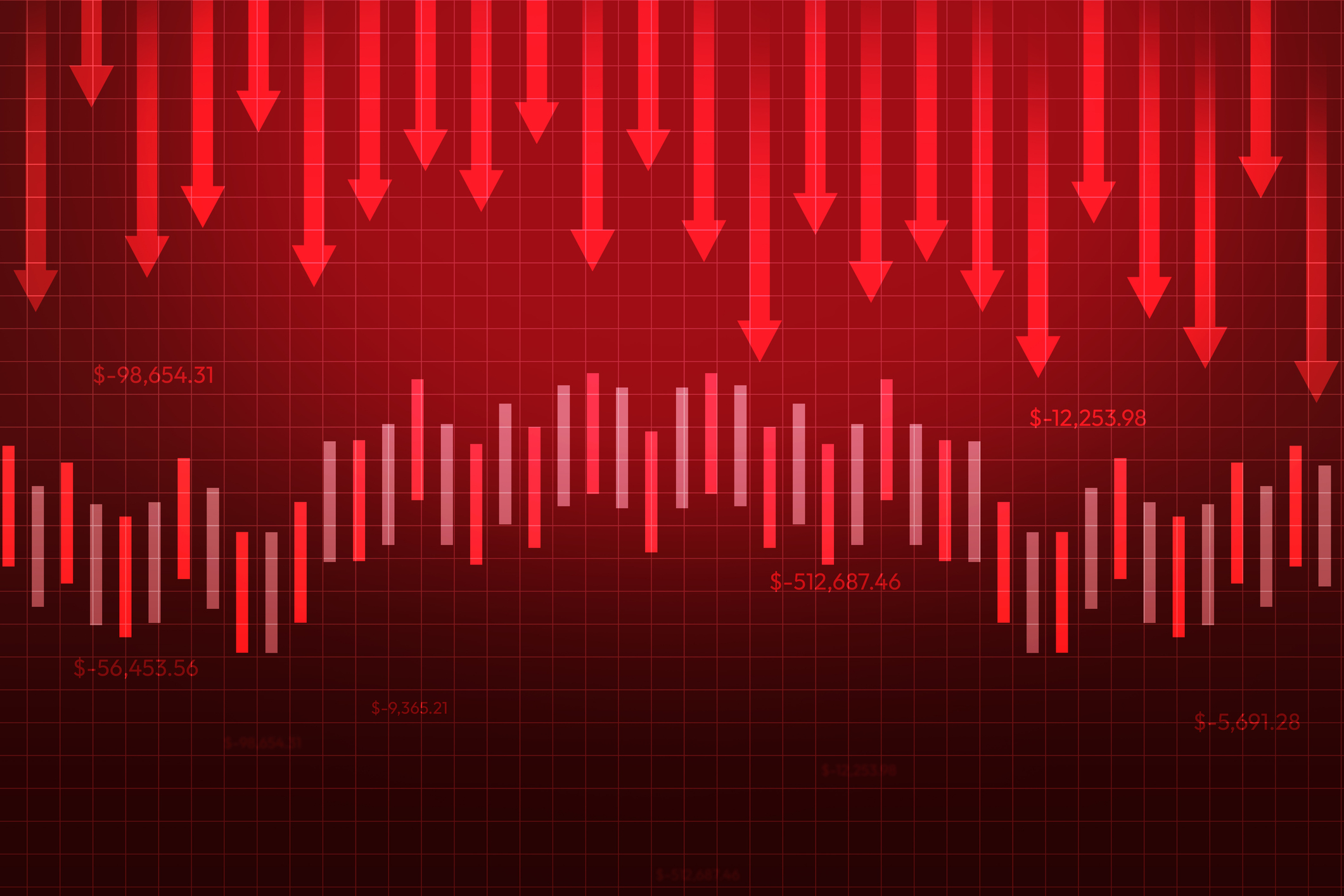 Risk Is Off Again, Dow Falls 397 Points: Stock Market Today
Risk Is Off Again, Dow Falls 397 Points: Stock Market TodayMarket participants are weighing still-solid earnings against both expectations and an increasingly opaque economic picture.
-
 How to Invest for Rising Data Integrity Risk
How to Invest for Rising Data Integrity RiskAmid a broad assault on venerable institutions, President Trump has targeted agencies responsible for data critical to markets. How should investors respond?
-
 What Tariffs Mean for Your Sector Exposure
What Tariffs Mean for Your Sector ExposureNew, higher and changing tariffs will ripple through the economy and into share prices for many quarters to come.
-
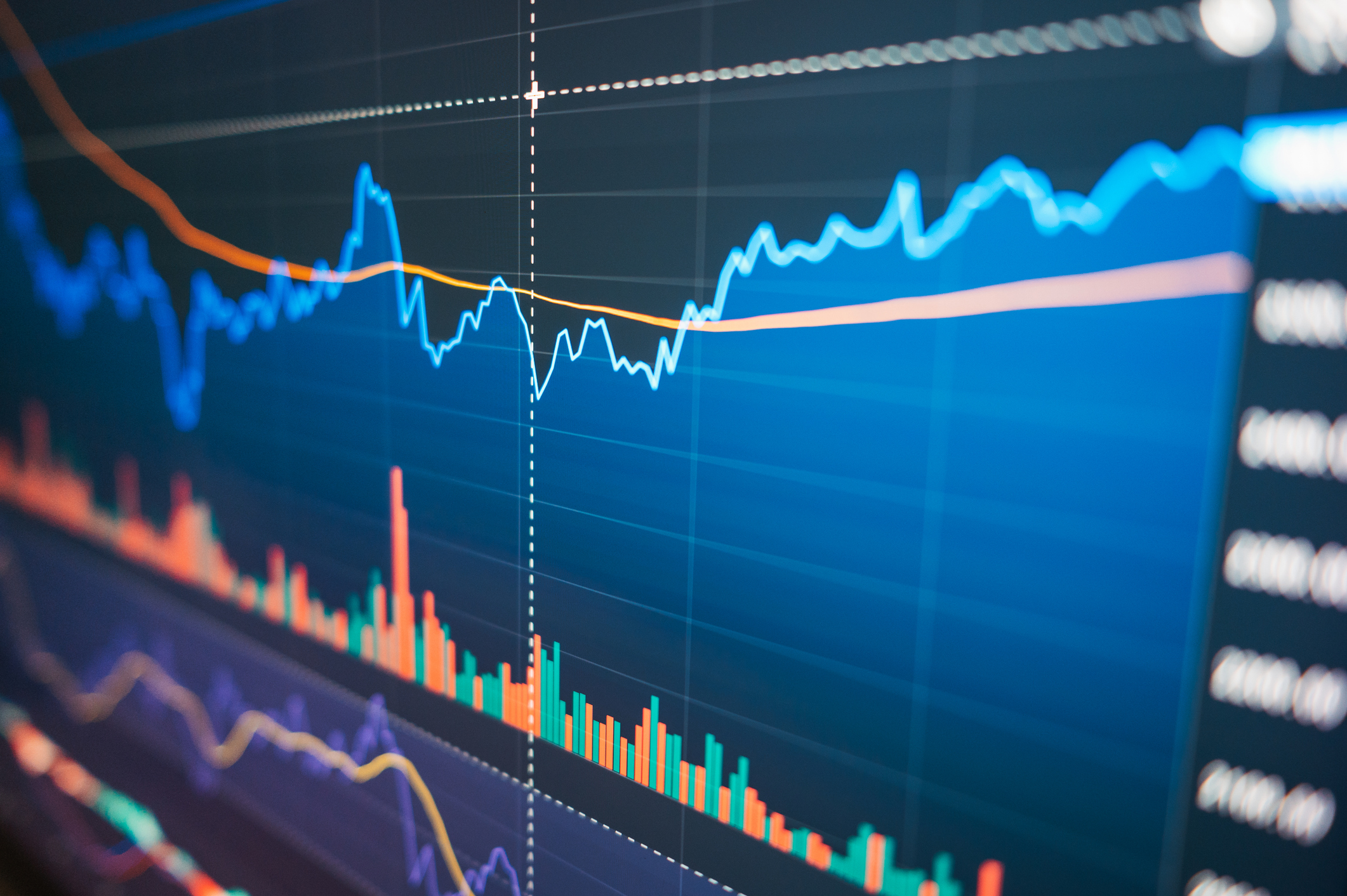 Stock Market Today: S&P 500, Nasdaq Hit New Highs on Retail Sales Revival
Stock Market Today: S&P 500, Nasdaq Hit New Highs on Retail Sales RevivalStrong consumer spending and solid earnings for AI chipmaker Taiwan Semiconductor Manufacturing boosted the broad market.
-
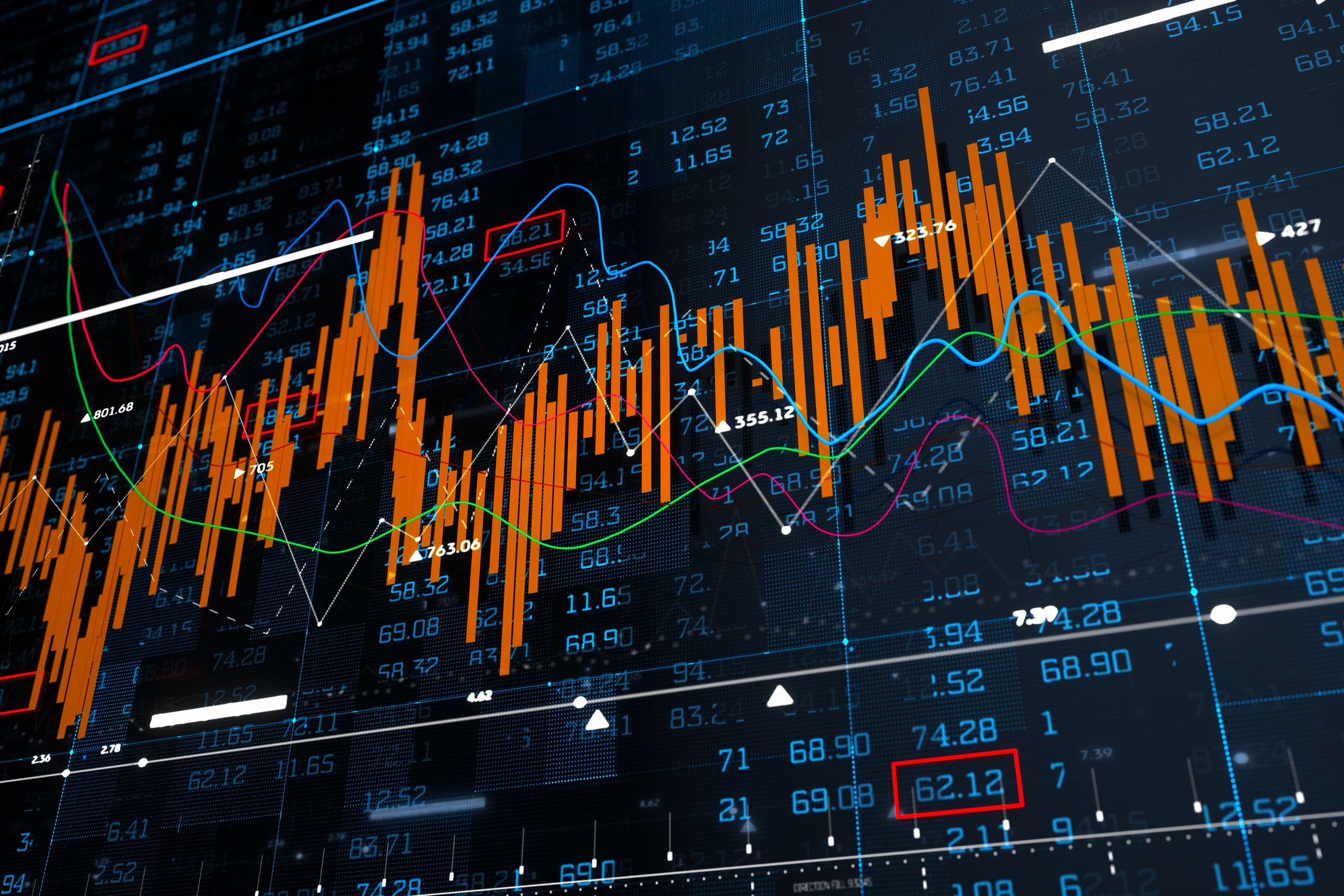 Stock Market Today: Powell Rumors Spark Volatile Day for Stocks
Stock Market Today: Powell Rumors Spark Volatile Day for StocksStocks sold off sharply intraday after multiple reports suggested President Trump is considering firing Fed Chair Jerome Powell.
-
 The Best Health Care Stocks to Buy
The Best Health Care Stocks to BuyThe best health care stocks offer investors a defensive hedge in an uncertain market. Here's how to find them.
-
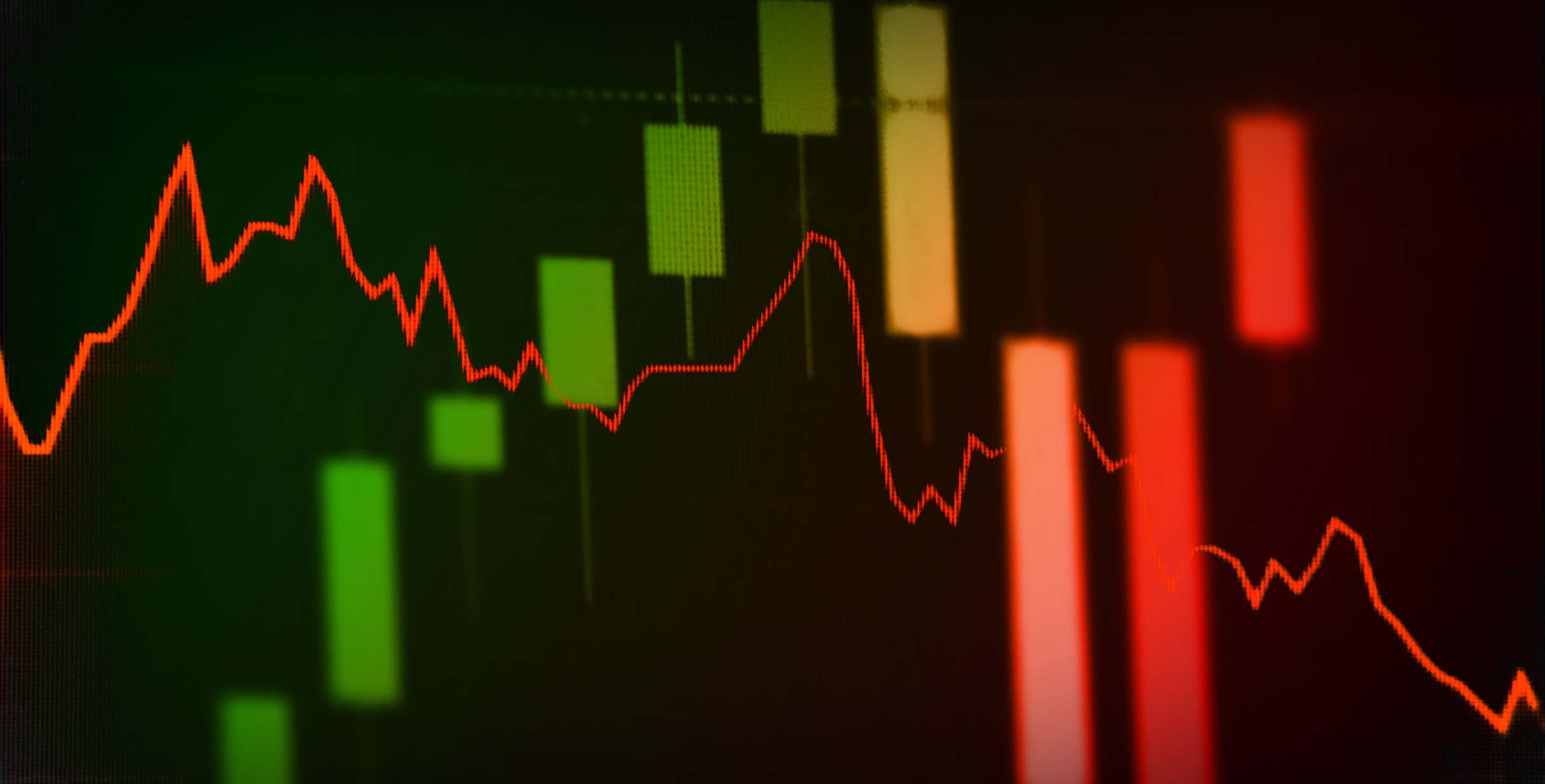 Stock Market Today: Stocks Are Mixed Before Liberation Day
Stock Market Today: Stocks Are Mixed Before Liberation DayMarkets are getting into the freewheeling rhythm of a second Trump administration.